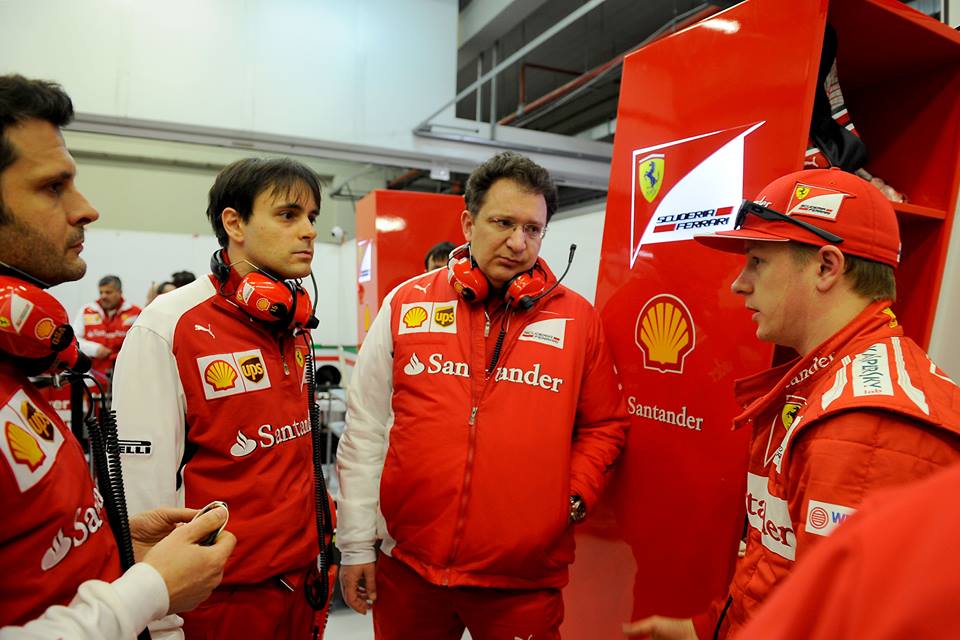Among the most discussed topics of the 2024 F1 year there definitely were the flexing wings, and it was a discussion point for Nikolas Tombazis from the FIA in a recent interview.

An ongoing debate
These aerodynamic components have caused a lot of controversy over the span of the past season, where race photographs had captured the grey area phenomenon on the McLaren and Mercedes challengers.
Red Bull and Ferrari had immediately called for action on the matter, with F1 authorities increasing the controls on the matter by installing video cameras focusing on the incriminated bit.
However, ultimately the F1 authorities confirmed that both teams were in compliance of all rules. The declaration prompted their rivals to develop their own version of the wing, to be used in the upcoming 2025 season.
The FIA Head of Single Seaters Nikolas Tombazis has confirmed that F1 will not be banning the flexing wing in the near future. He also added that further tests on the matter won’t be run.
No further action
“We are pretty happy with what we’ve seen. I hasten to say that it’s not a question always of being happy or not. It’s also a question of whether you feel that a meaningful test can be made,” Tombazis from the FIA said in an exclusive interview to Motorsport.com, explaining the reasoning behind the no further action approach.
The experienced engineer went into further details to explain why it would be extremely hard to create a test which can account for all the peculiarities the different challengers have, as well as all the different balances. Thus, it’s incredibly hard for F1 regulators to make sure which contenders have flexing wings and who doesn’t.
“One of the challenges in the front wing is that, compared to other parts of the car, the front wing loading is much more varied between cars in a given location and so on.
“So most tests relate to the load of a certain direction, certain position of application, certain magnitude must not produce a deformation.”
While it’s definitely easier to verify the loads on rear wings, the different layouts make it far more difficult to ensure an appropriate degree of strength and non-flexing.
“The most successful such tests imitate as much as possible what happens in real life with loads and, on the earlier wing for example, it’s reasonably successful. On the front wing, the variety between cars would make that quite difficult.”
F1 won’t add more tests on flexing wings
The additional camera tests introduced in the Belgian round had then confirmed that all cars were made in accordance with the F1 Technical regulations by the beginning of September. Their outcome had not satisfied the teams which had called for harsher checks, but ultimately the FIA is the authority with the final say on the matter.
“Obviously, there was a lot of hoo-hah about it during the summer and early autumn. We had made it quite clear to teams since 2022 at least, that we were not planning to introduce any further tests on the front wing and we stuck to that.”





